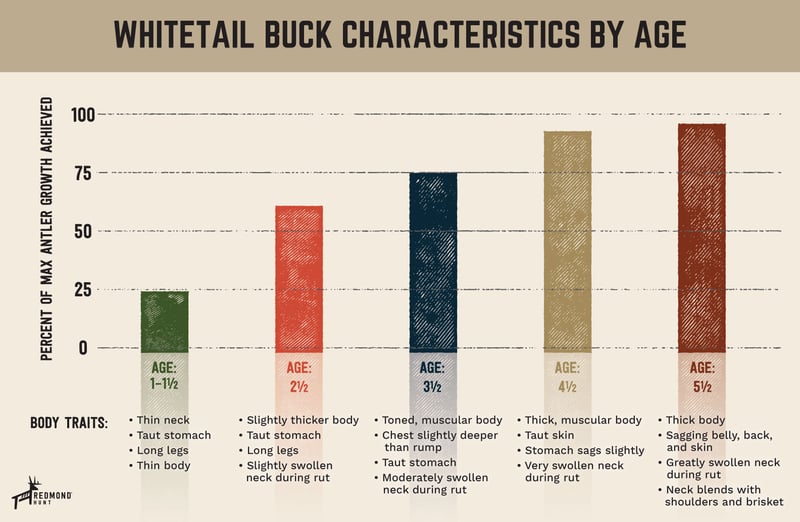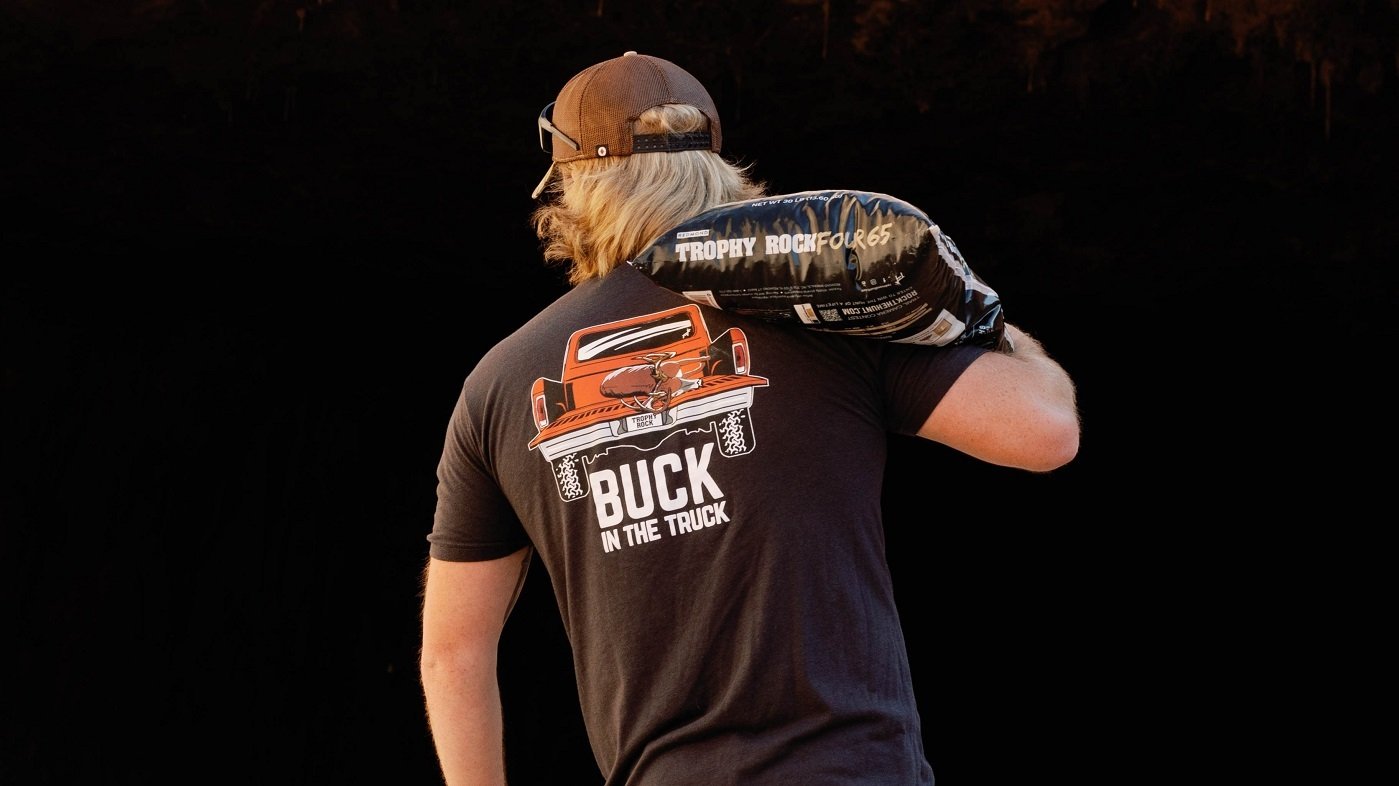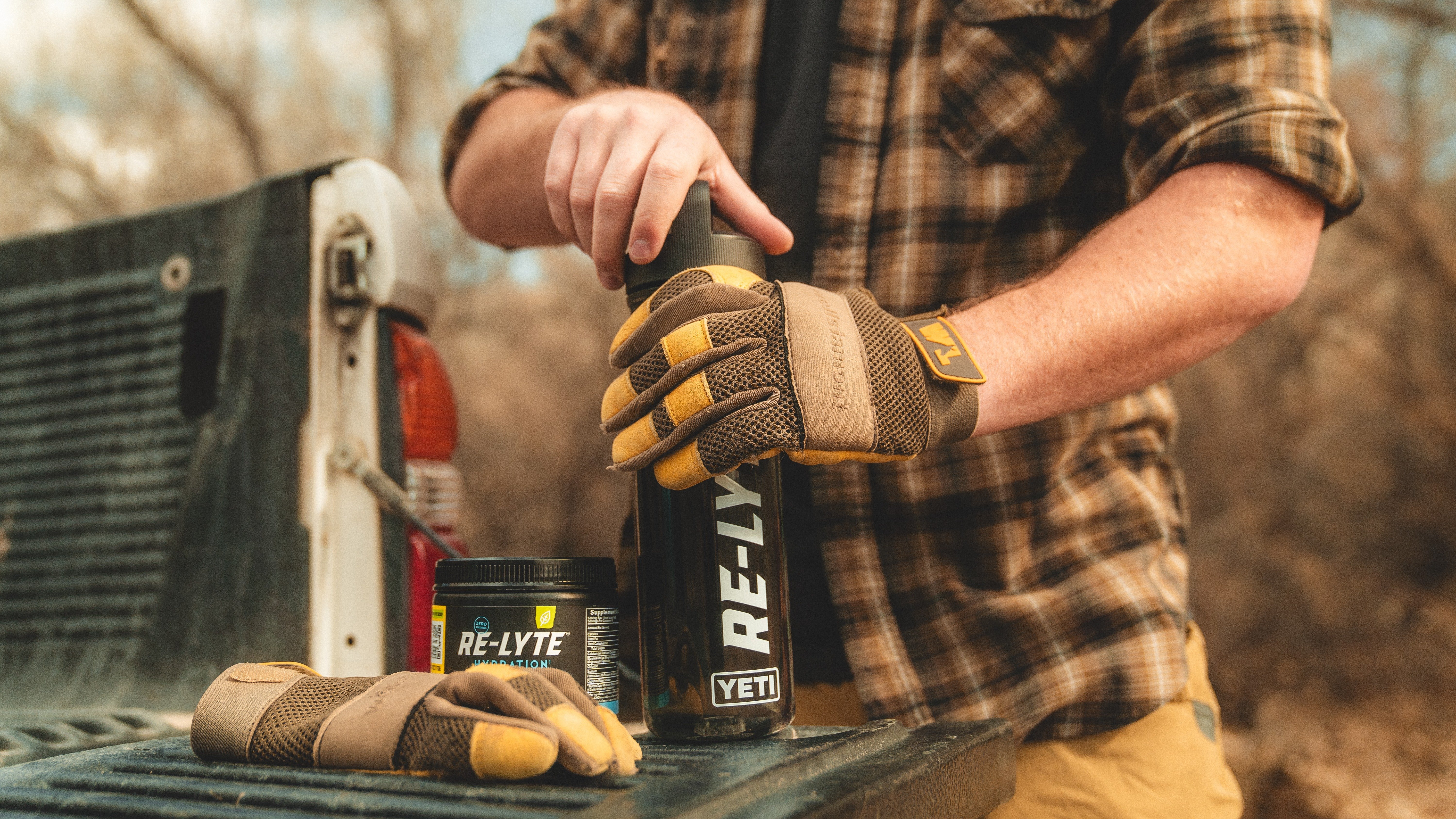Redmond Hunt Blog
Shooter Bucks: How to Pick the Perfect Deer
Redmond Hunt August 4, 2023
A buck's age and size are key to picking the right deer to shoot. But what is considered a mature whitetail deer? Read how to age deer and choose a shooter buck.
Once the end of summer is in view, you know whitetail season is getting close. By August, Florida has already begun its hunts and other early-open states are just weeks away. Cue the buck fever and let the big-game planning begin! It’s time to sit down with that stash of trail photos and video you’ve gathered through the year and put together a deer hit list.
What bucks are in your sights and how do you choose which to shoot? You’ve probably got some ideas and we’ve got a few more to consider. But first, let’s look at the stewardship responsibilities hunters have to ethically select which deer to harvest during the hunts.
Discipline and Deer Management
For experienced hunters and deer managers, there’s more to harvesting a buck than bagging the one with the biggest antlers—though that brings its own reward and bragging rights. Picking the right deer involves discipline, stewardship, and aiming for a mature animal whose life cycle is nearly complete. Which isn’t always easy for an eager hunter.
One experienced Redmond deer manager noted, “The smallest tool in your hunting arsenal is the hardest thing to manage, and that’s your trigger finger. It takes discipline to look at a nice buck and say, ‘Hey, that deer looks good, but we’re not going to shoot him; he’s only 3½ and will be amazing in two years.’”
If a hunter owns property with a resident deer herd, it's his or her job to know the herd's structure, buck-to-doe ratio, age classes—and responsibly decide which deer are harvest eligible. So how do you do it?
How to Pick Shooter Bucks
Responsibly harvesting a mature deer requires a little homework and preparation before you're in the field ready to take the shot. So how do you determine what is considered a shooter buck? Here are three important factors to weigh when putting together a hit list for yourself or guests hunting your property this fall.
 1. What Age Deer to Shoot
1. What Age Deer to Shoot
Age is the number one priority when picking which target buck to shoot—and antler size is not necessarily an accurate indicator of a buck's maturity. It's a fact young bucks may occasionally have larger spreads than older deer. Check out this Boone and Crocket buck age class chart on the National Deer Association website. It shows bucks of any age can display a range of antler scores, with rare 1-year-olds reaching over 100 inches in antler span!
So what age deer should you shoot? A whitetail buck is considered physiologically mature at 5½, and that's your prime shooter age. However, not all areas have 5-year or older bucks. In that case hunters might consider a 3½-year-old as older or mature. Here are a few reasons you should pass up young bucks and harvest your oldest class of mature whitetail deer:
- You want deer to complete their life cycle; generally, that’s around 6 years old.
- Bucks reach their full genetic body and antler growth potential by 5½; and by then their genetics are spread through your herd.
- A bigger-bodied deer means more meat in your freezer.
This National Deer Association article notes putting solid effort into increasing the number of mature whitetail deer on your property is a goal that's challenging yet worth pursuing:
"Mature bucks are rare in many areas and it’s difficult to make them available to hunters. Producing them requires knowledge, skill and time, and harvesting them is usually more difficult. Just as big fish and big trees indicate successful fishery and forestry programs, the presence of mature bucks is a positive sign for a deer management program."
At the end of the day, each herd management program is unique. Your property is different than the hunter’s in the next county. Your herd dynamics are distinct. So establish the oldest age class of bucks available on your farm, whether 3½ or 5½, and look for that class when you’re studying pics and assembling a hit list of shooters. Then work hard to up the age of bucks till you've got physiologically mature deer in your herd.
How to Age a Deer
So how do you tell deer age and determine if you have mature whitetail bucks on your farm? The best way is to follow individual age and growth over years using trail cam surveys, field observation, and good optics. The University of Missouri also has detailed info on how to age a deer in the field based on body characteristics and size. This poster showing growth and maturity of the whitetail buck is a great tool to refer to. And the deer antler age chart below may also be helpful.

2. What Size Buck to Shoot
Once you’ve established age class of shooter bucks, it’s time to look at rack size. Yes, age comes first, but at the end of the day, what all hunters want to sit around the fire and spit ‘n whittle about is antler tines and rack span.
So what size buck should you shoot, and how do you determine spread in the field? Most hunters know a big set of antlers on sight, but if you’re shooting a buck for trophy potential, you need to look closely at overall height and width, the number of points, and mass. Boone and Crocket can help you learn how to tally the antler score of whitetail bucks and know if you’ve got a potential winner on your property.
What this short video to see how elevating a Trophy Rock helps you capture great images to age deer.
3. Other Factors for a Good Buck Pick
After age and antler size, it’s up to you how to narrow the field on your fall prospects. Everyone's preference and experience on what constitutes a unique or harvest-worthy buck is different. However, here are a few final considerations many hunters look at to pick the perfect deer:
- Uniqueness. Has a shooter got a unique drop tine, nontypical rack, or rare marking that sets him apart? Maybe that’s your guy.
- History. Been tracking a deer from a yearling on and now he's a prime candidate for harvesting? Good luck tagging him.
- Huntable. Got a nice buck with consistent patterns that make him accessible and easy to hunt? Game on.
How to Attract & Track Mature Whitetail Bucks
One of the most effective methods to inventory bucks on your property is to conduct a two-week trail camera survey two to three weeks before hunts begin in your area. A trail camera survey provides a goldmine of information that can help you monitor your deer herd, keep tabs on unique bucks, gauge their age, and pick out prime shooters for harvest.
Setting up a mineral site with Redmond Trophy Rock products is a great way to attract deer to your trail cam and enhance the effectiveness of a survey. Pick your preferred product below or combine several in our three-step program for optimal results. Trophy Rock products provide irresistible drawing power and essential minerals deer crave and need for growth.
Ultimately, picking the perfect deer goes beyond mere trophy hunting. Opting to harvest mature bucks allows them to complete their life cycle, ensures the spread of desirable genetics in a herd, and provides more meat for your freezer. And while age is your primary consideration in selecting shooters, the size and uniqueness of antlers also adds to the thrill of the hunt!
Passing up young deer and increasing the number of mature bucks on your property will enrich your hunting program and ensure more big bucks in the ranks for you and future generations of hunters to enjoy. Good luck out there!
© Redmond Hunt 2023. All rights reserved.



.jpg)

